บ้านตุ๊กตา
บ้านตุ๊กตา
ที่ตั้ง 42 ซอยต้นสน ถนนเพลินจิต กรุงเทพฯ
สถาปนิก/ผู้ออกแบบ ศาสตราจารย์ ม.จ. โวฒยากร วรวรรณ ม.ร.ว. ชาญวุฒิ วรวรรณ ออกแบบปรับปรุง
ผู้ครอบครอง หม่อมจิตรา วรวรรณ ณ อยุธยา
ปีที่สร้าง พ.ศ. 2473 - 2474
ปีที่ได้รับรางวัล พ.ศ. 2537
ประวัติ
บ้านตุ๊กตา เดิมเป็นตำหนักของศาสตราจารย์ ม.จ. โวฒยากร วรวรรณ ผู้ทรงเป็นสถาปนิกและทรงออกแบบบ้านหลังนี้เพื่อเป็นตำหนักของท่าน และเป็นเรือนหอสืบต่อมา
รูปแบบสถาปัตยกรรมเป็นอาคารย้อนยุคที่ได้รับอิทธิพลอาร์ตแอนด์คราฟท์สของอังกฤษ ตัวอาคารมี 2 ชั้น และห้องใต้ดิน 1 ชั้น โครงสร้าง half-timber คือมีโครงหลักเป็นไม้เต็งรังและไม้สัก ผนังระแนงไม้สักตีตามนอนฉาบปูนเรียบ ส่วนกระเบื้องมุงหลังคานั้นท่านได้ทรงออกแบบขึ้นและสั่งทำเป็นพิเศษโดยใช้ซีเมนต์ผสมทรายเทลงในแบบไม้ รีดให้เป็นแผ่นรูปสี่เหลี่ยมผืนผ้าหางตัด มีความหนากว่ากระเบื้องหินชนวนเล็กน้อย ส่วนกระเบื้องตัวริมนั้นทรงออกแบบให้ริมกระเบื้องโค้งเข้าเพื่อปิดขอบไม้ด้านจั่วกันไม้ผุ นอกจากนี้ท่านได้ทรงออกแบบระบบห้องใต้ดินที่สมบูรณ์แบบด้วยเหตุนี้ บ้านตุ๊กตาจึงเป็นสถาปัตยกรรมตัวอย่างที่ประกอบด้วยความงาม ความพิถีพิถันในการออกแบบจนถึงรายละเอียด และเนื้อหาสาระที่ควรค่าแก่การศึกษาเป็นอย่างยิ่ง
ในพ.ศ. 2532 ได้มีการปรับปรุงบ้านบางส่วน อาทิ ดัดแปลงบานหน้าต่างจากบานทึบเป็นกระจกใส และต่อเติมห้องน้ำชั้นบน ออกแบบปรับปรุงโดย ม.ร.ว. ชาญวุฒิ วรวรรณ ปัจจุบันอาคารนี้ได้เช้าเป็นศูนย์สุขภาพและความงาม
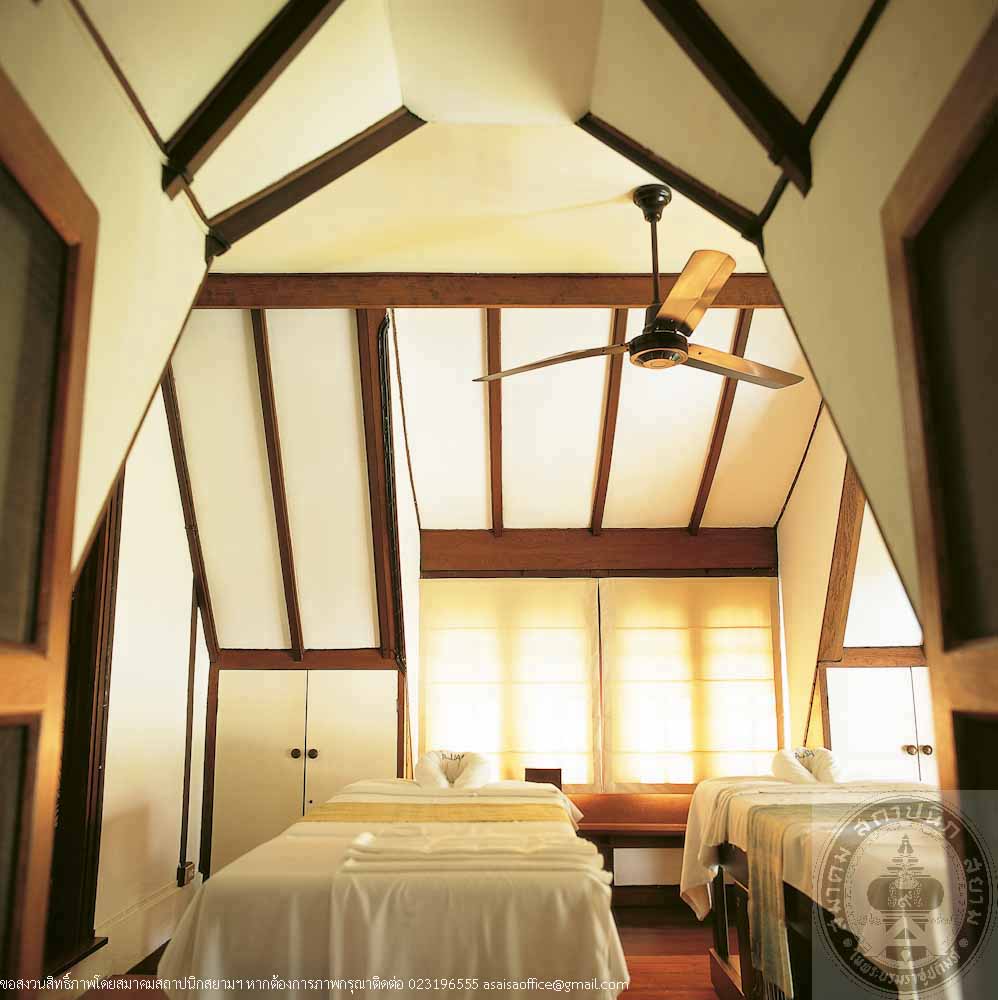
บ้านตุ๊กตา
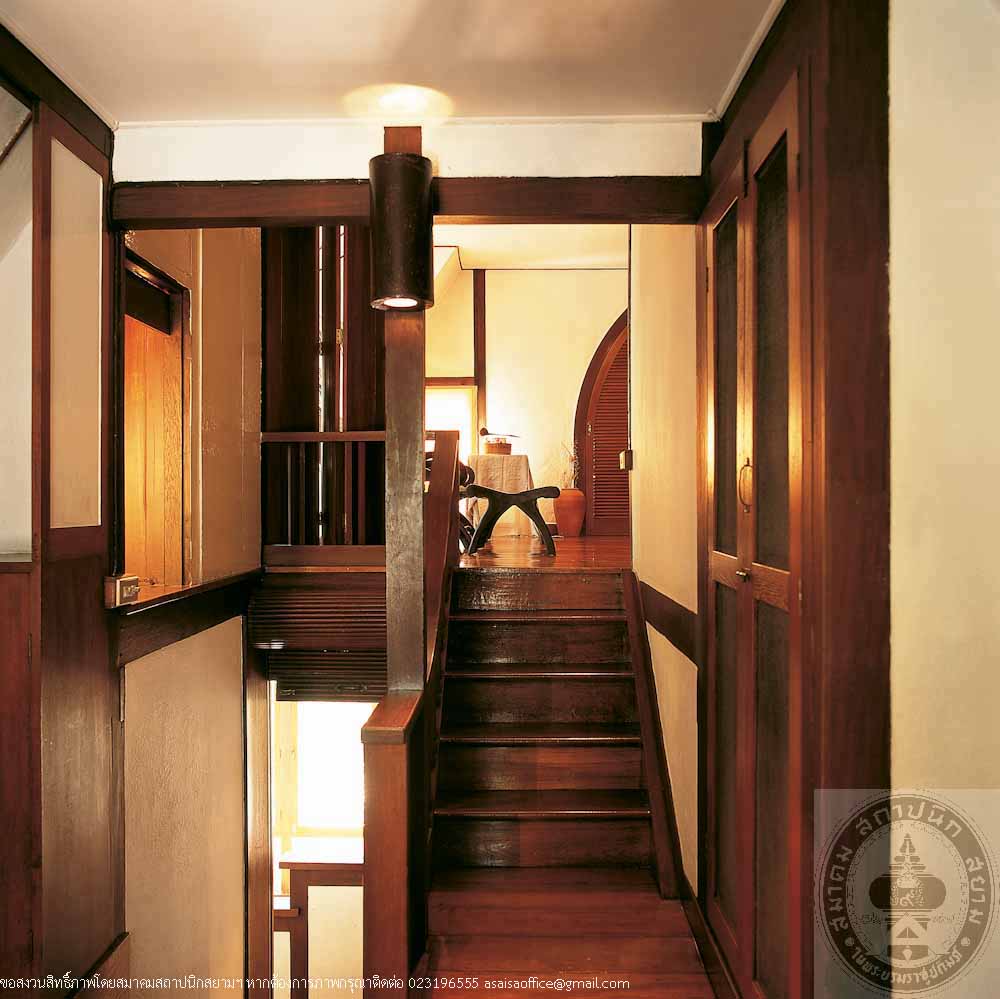
บ้านตุ๊กตา
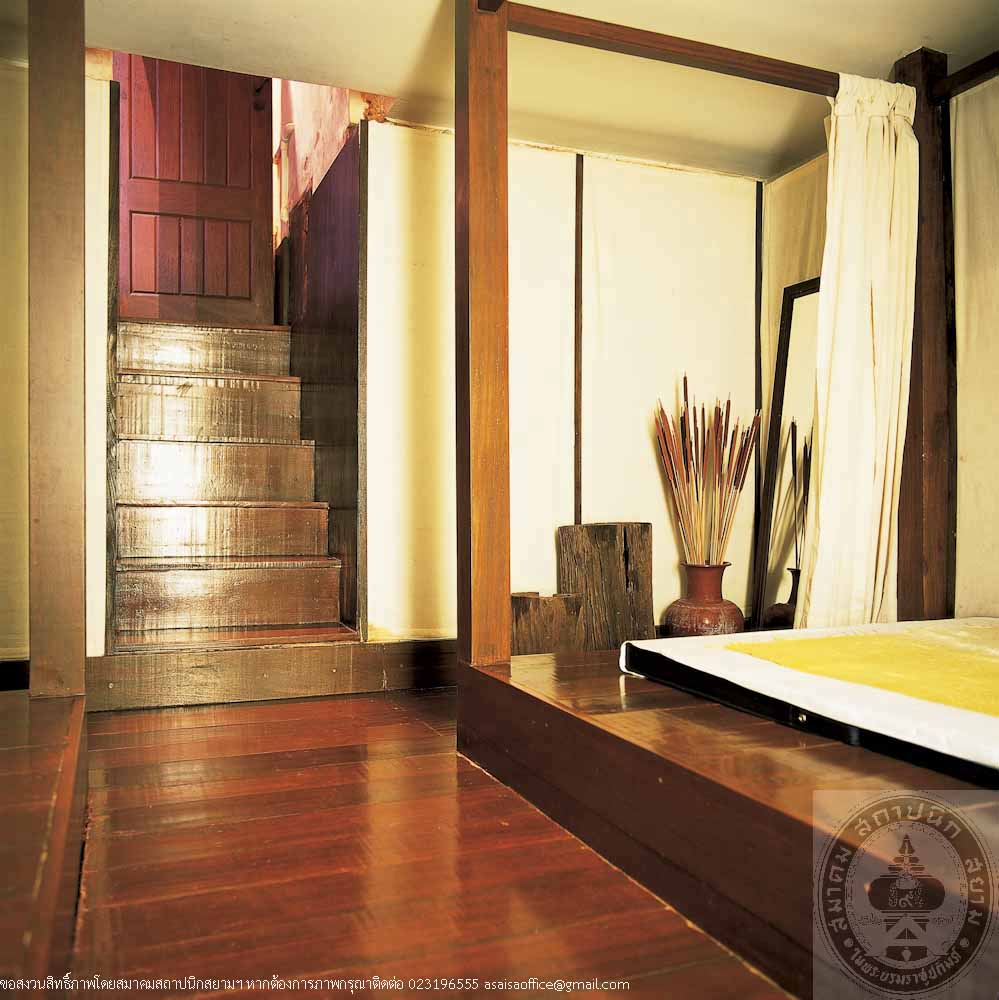
บ้านตุ๊กตา
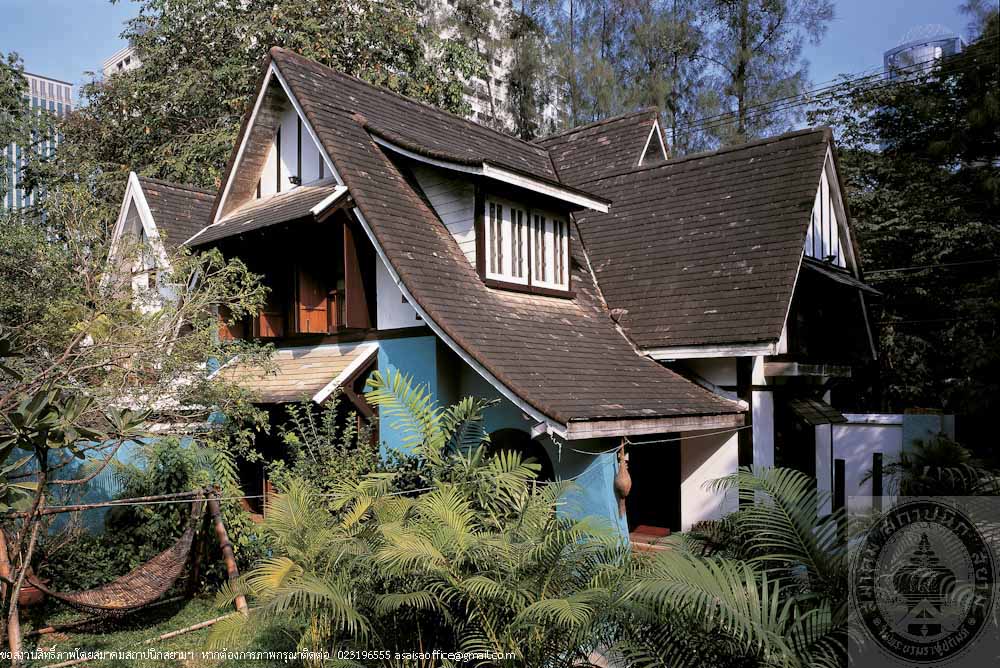
บ้านตุ๊กตา
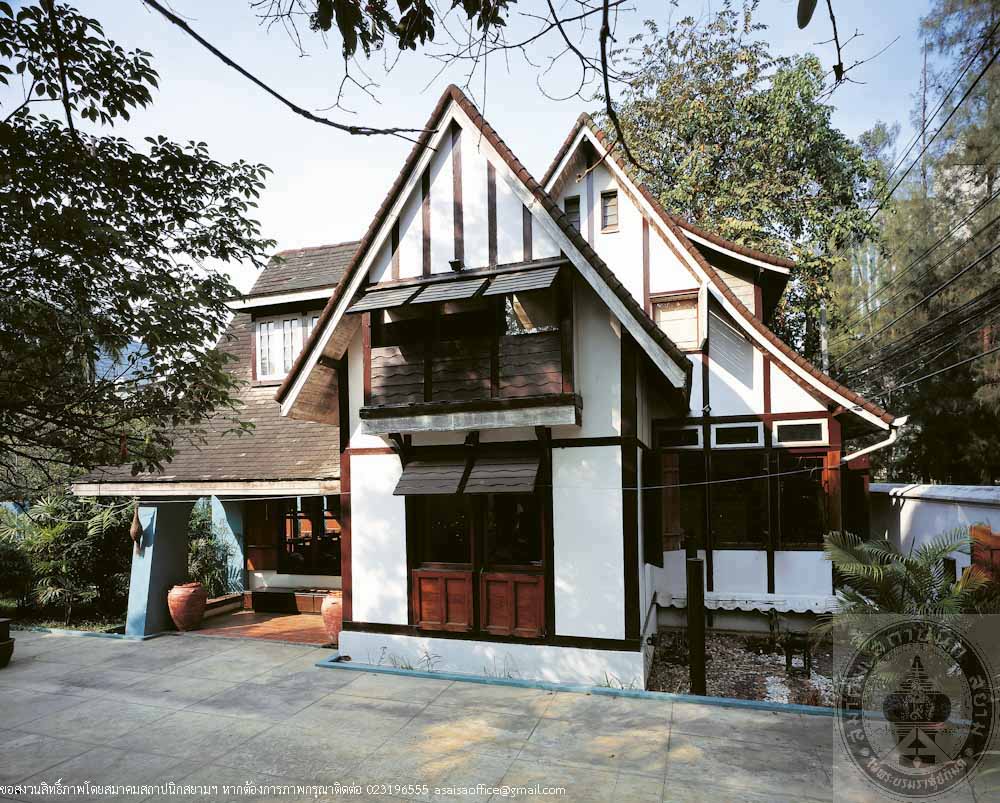
บ้านตุ๊กตา
-

บ้านตุ๊กตา
-

บ้านตุ๊กตา
-

บ้านตุ๊กตา
-

บ้านตุ๊กตา
-

บ้านตุ๊กตา
Doll House
Location 42 Soi Ton, Phloenchit Road, Bangkok
Architect/Designer Professor Mom Chao Wothayakon Woran Mom Ratchawong Chanwut Worawan : renovation Worawan
Proprietor Mom Chitra Worawan Na Ayutthaya
Date of Construction 1930 - 1931 AD
Conservation Awarded 1994 AD
History
Doll House was originally a residence of Professor Mom Chao Wothayakon Worawan, a distinguished architect who designed it as his own house, which became his family home.
The architecture is Retro style influenced by the British Arts and Crafts. It is 2-storey and 1 underground storey, half-timber structure, with framework built of sal and teak, filling the space with horizontally lined battens and finished with plaster. The roof tiles were specially designed, made of sand and cement mixture in rectangular shape. The tiles at the rim were made to curve downward in order to cover the fascia, preventing it from penetration of rain water. The underground storey was also well-designed with perfect ventilation, the first achievement in Thailand. The Doll House, therefore, is architecture worth studying both in terms of architectural form and immaculate details.
The house was partially renovated in 1989, designed by Mom Ratchawong Chawut Worawan. At present, it has been converted into spa.